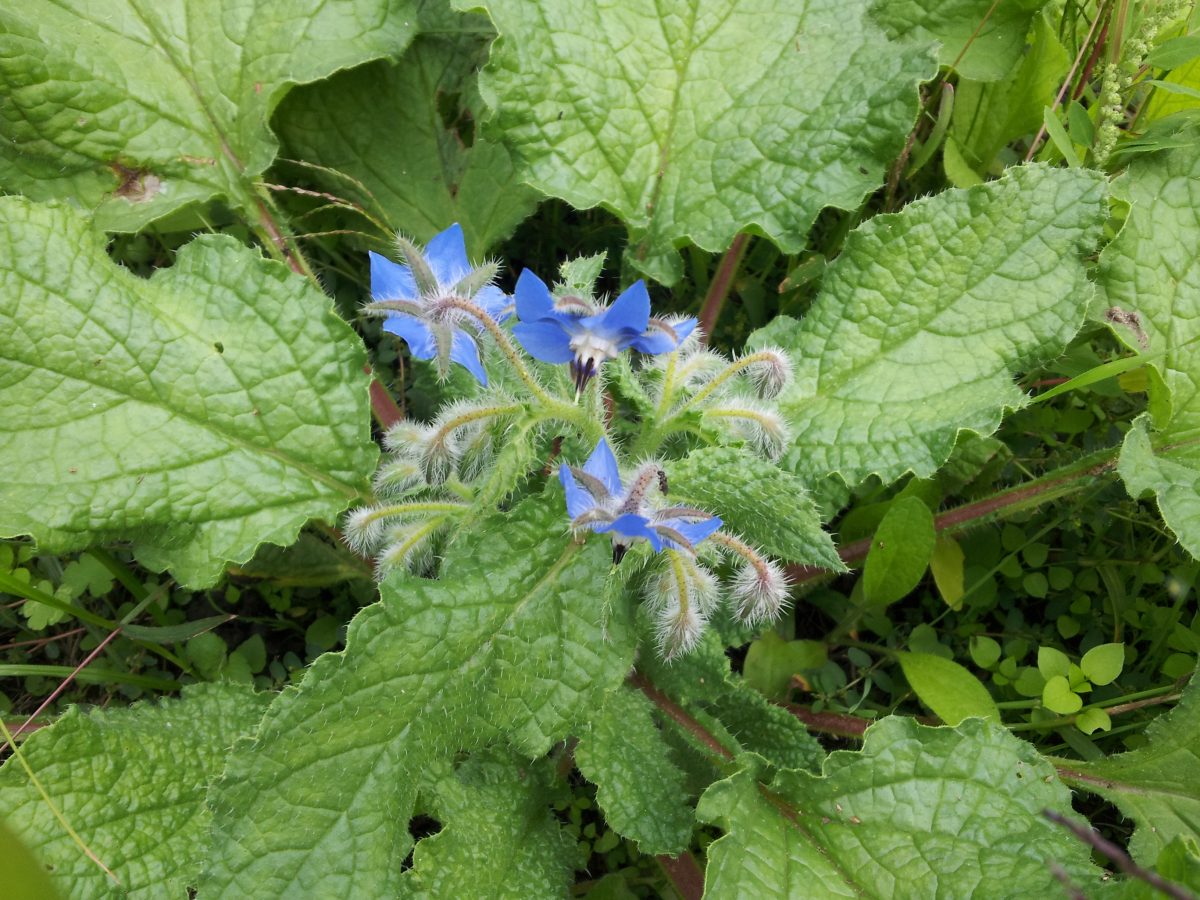

There borage it is a medicinal plant appreciated both for food and for therapeutic purposes and above all because it lends itself to being easily grown in pots or directly planted in the vegetable garden or in the flower beds of the gardens.
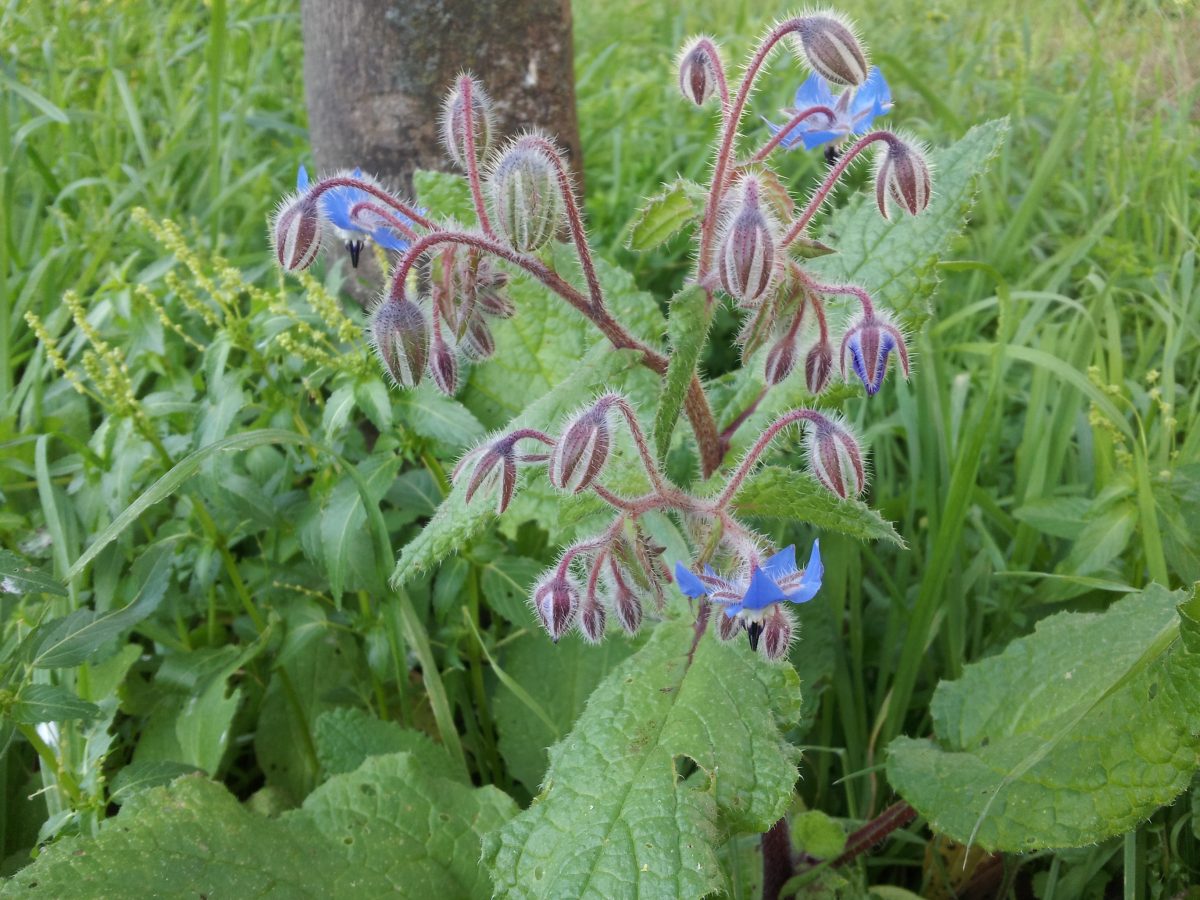
Characteristics Officinal borage
There borage, Borago officinalis, is an annual herbaceous plant of the Boraginaceae family, native to the Far East, widespread in the wild throughout Europe and in all Italian regions; indeed it is easy to find along the roadsides, along the banks of rivers, close to enclosure walls and even in the uncultivated land.
Read also: Rucola Officinale property
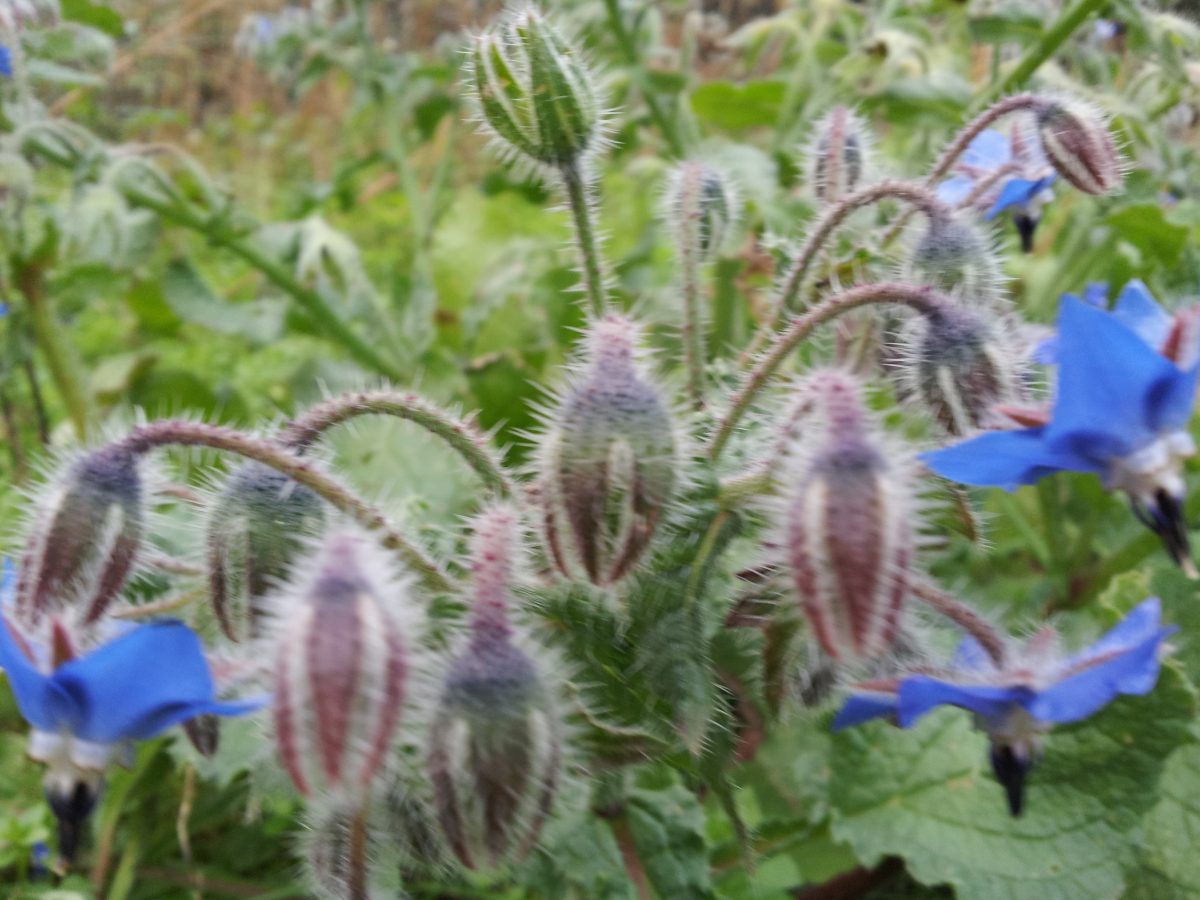
Borage is a tall bushy plant that can exceed 80 cm in height.
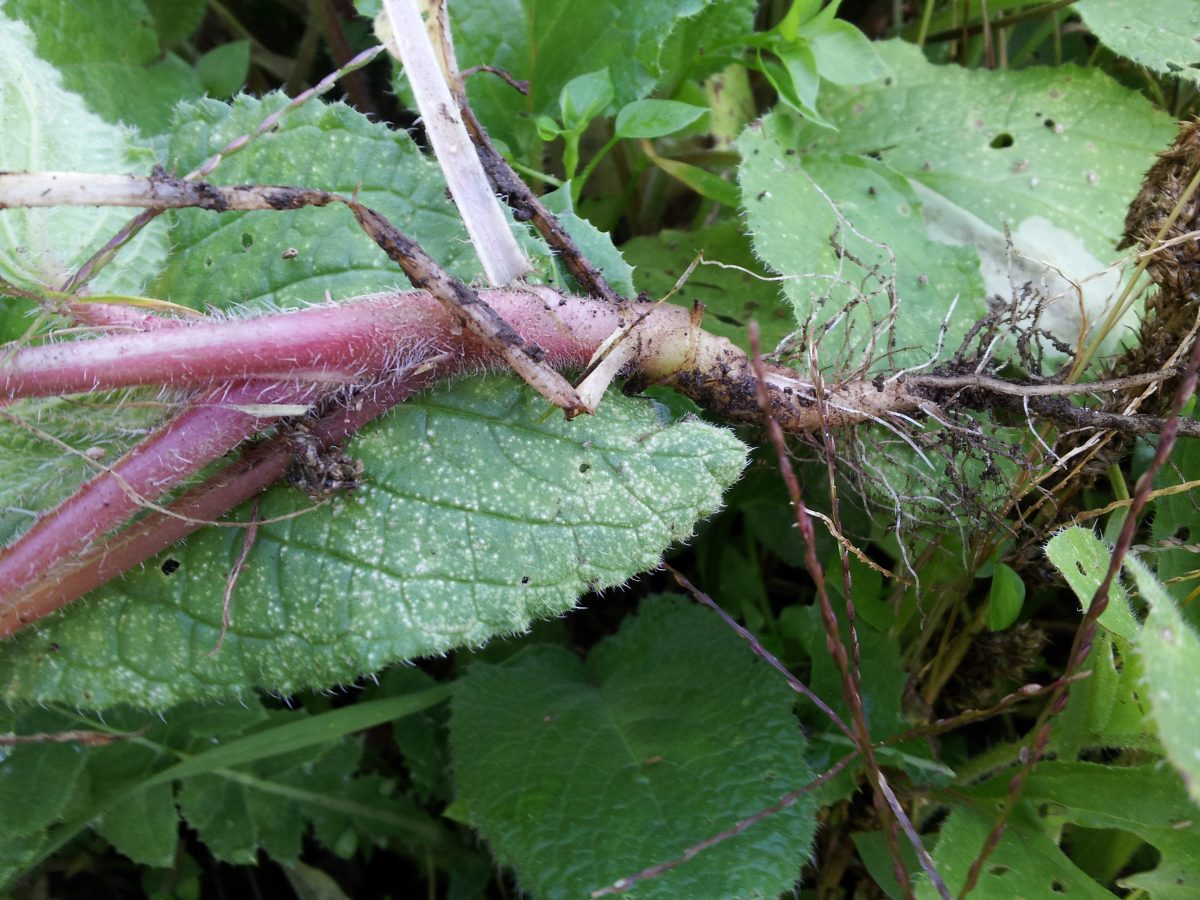
There underground part of the plant is formed by a robust and deep tap root with numerous radical or adventitious hairs of a reddish color.
There aerial part of borage it is formed by large elliptical oval leaves, petiolate, arranged in a radial pattern and covered by a thick and long whitish down.

The borage leaves, about 15 cm long, they are dark green while the long petiole is reddish, velvety to the touch and their aroma is reminiscent of that of cucumber.
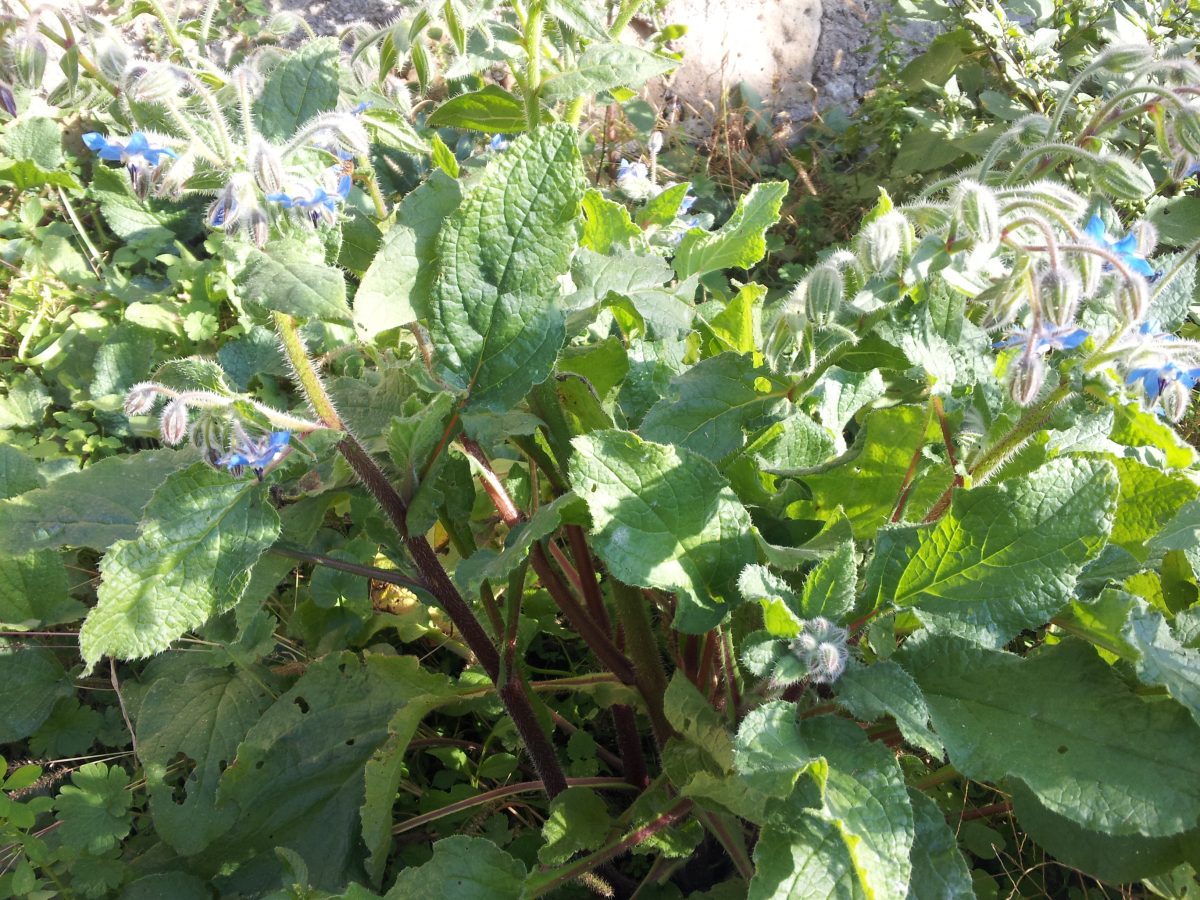
You may be interested in: Verbena officinale properties
During the flowering period from the center of the leaf rosette, herbaceous and fleshy stems stand out bearing numerous racemes of flowers.

The stems they are green – reddish and like the leaves they are covered with a thick down.
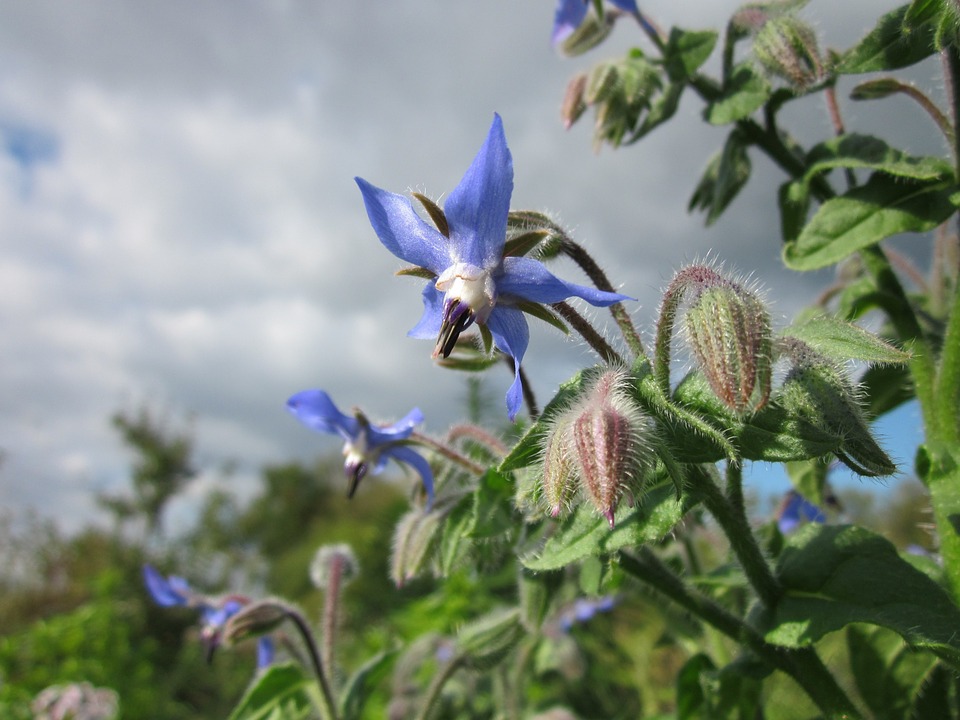
THE flowers of borage are blue in color with a corolla composed of 5 long petals with pointed apex arranged in the shape of a star around a white chalice from which long purplish stamens emerge. They appear in clusters on the tops of hairy stems. They are melliferous and are pollinated mainly by bees.
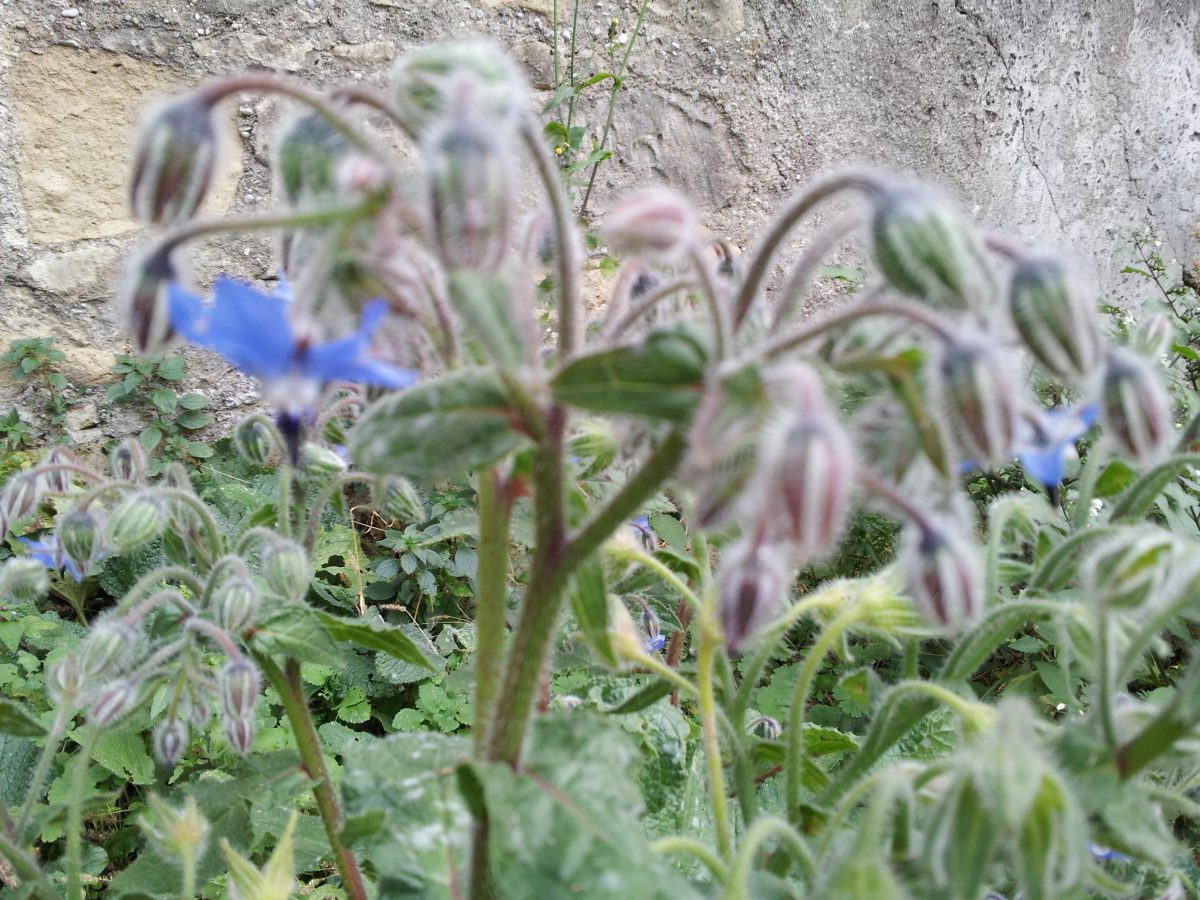
THE fruits they are achenes or hairy capsules similar to those of the poppy.
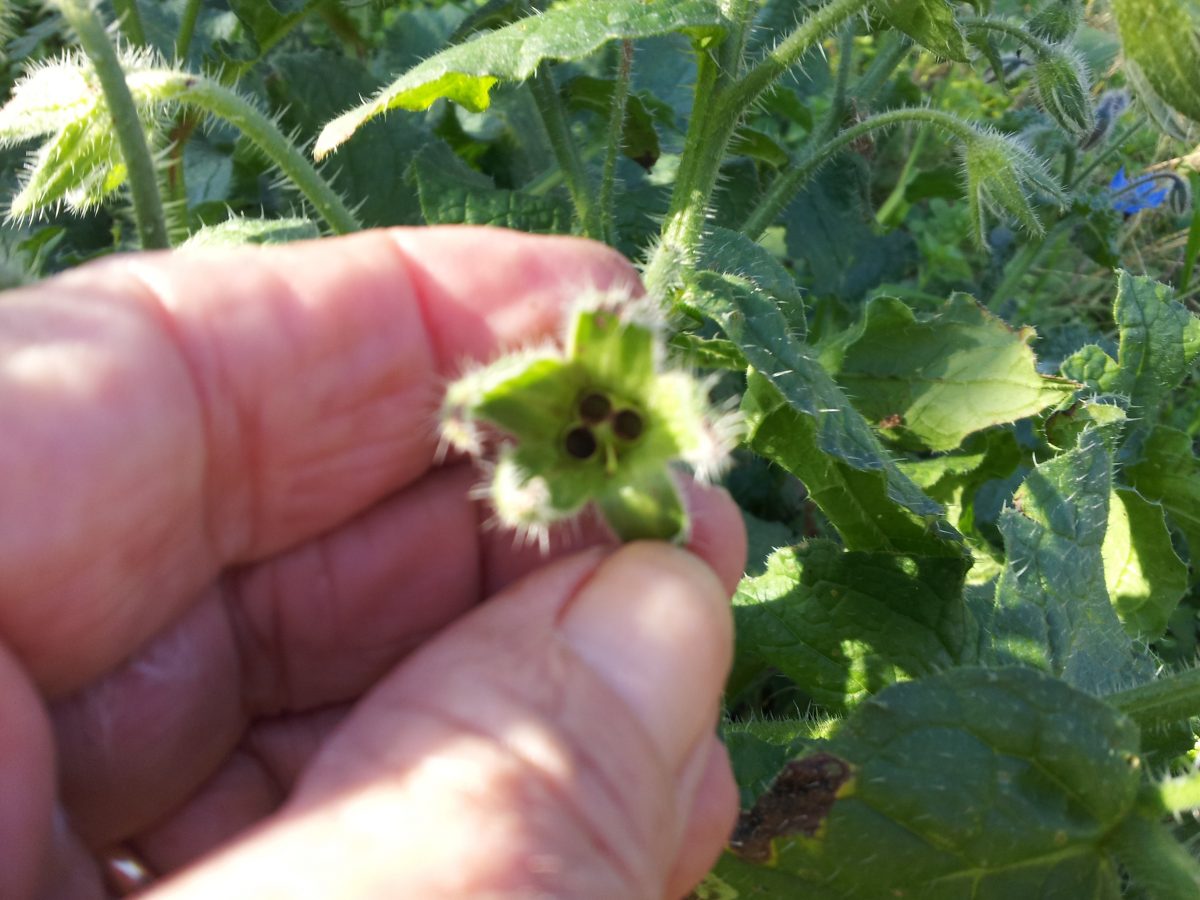
THE seeds generally 4 per capsule are rather large, discoid, of a dark blackish color and maintain their germinative capacity unaltered for years.
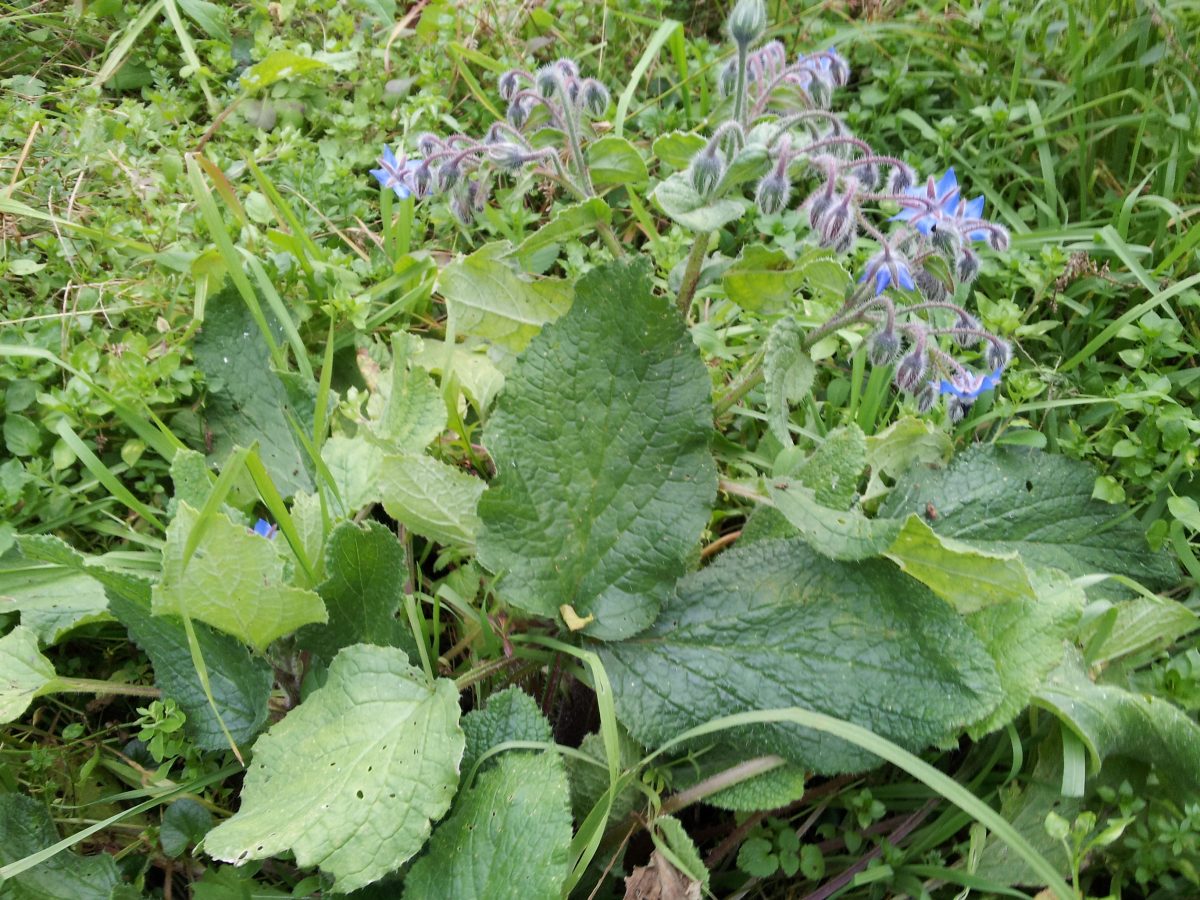
Borage cultivation
Exposure
It is a rustic plant that loves bright and sunny places but also grows well in semi-shaded areas; plants grown in the shade find it difficult to flower and produce seeds. It tolerates heat and cold well.
Ground
Even if it is a plant that adapts to any type of soil, it prefers fresh, soft, humus-rich and well-drained soil. Water stagnation in the soil causes root rot.
Watering
Borage plants grown in the ground are generally satisfied with rainwater while those grown in pots should be watered regularly but only when the substrate is completely dry.
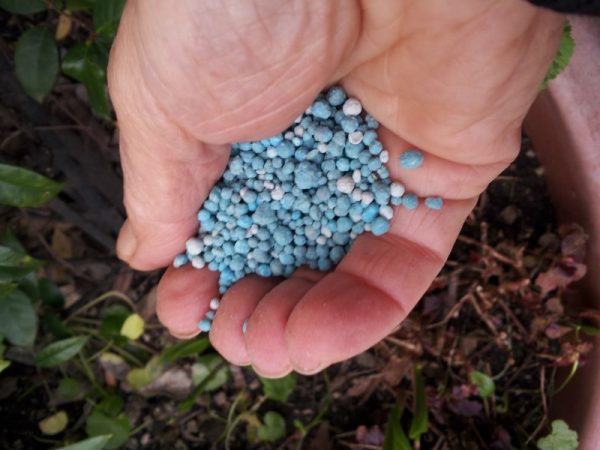
Fertilization
Once a year it is sufficient to administer slow-release organic fertilizer or mature manure.
Borage: cultivation in pots
This beautiful plant, friend of our health and of great ornamental effect, can be grown in a fairly large pot, filled with soft and well-drained soil, placed in full or partial shade. It should be watered every day in the summer months and occasionally in spring and autumn.
Repotting of borage
Borage plants do not like or transplants so repotting should only be done if the plant has occupied the available space.
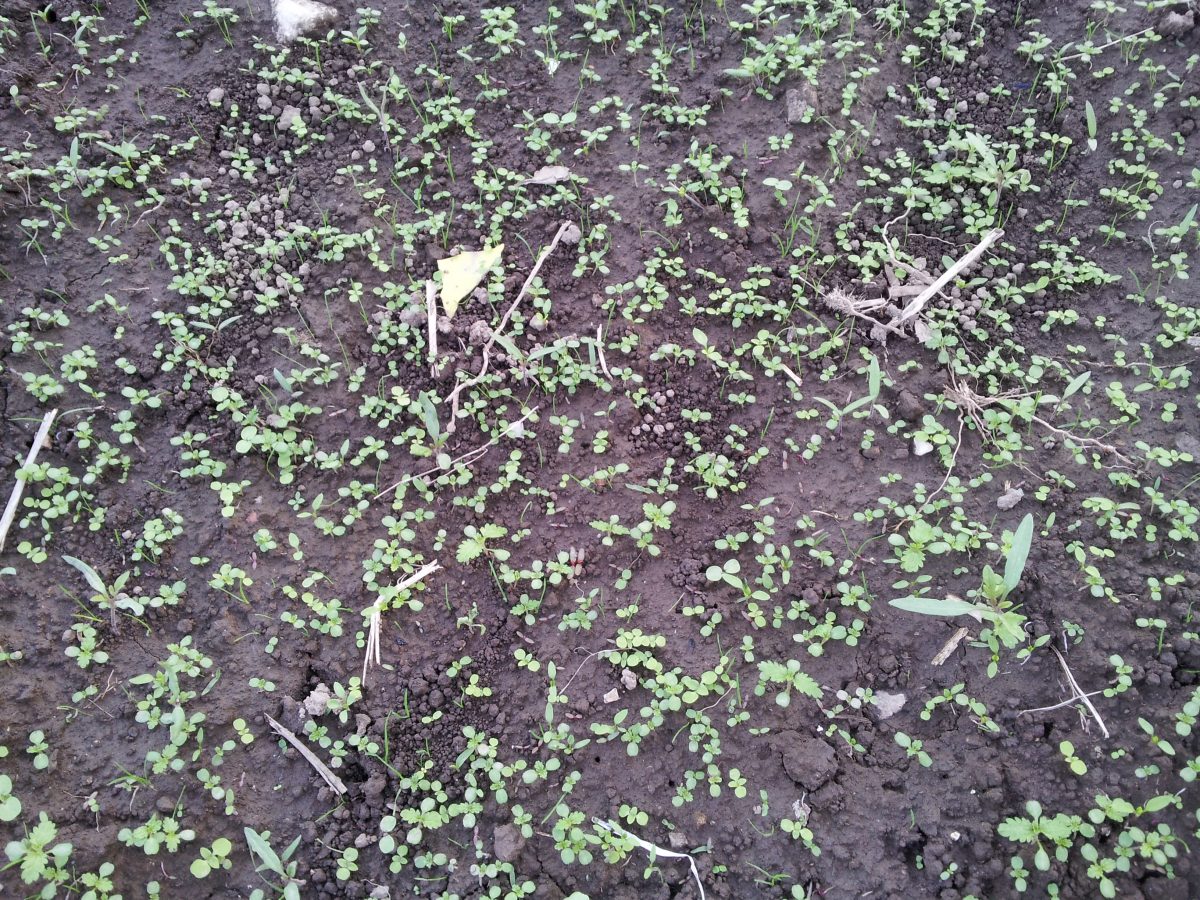
Multiplication of Borage
There plant propagates by seed in spring but in regions with a mild climate it is also possible to sow it in late autumn. If the climate is mild, seeds with a high germination capacity will give life to new plants in no time.
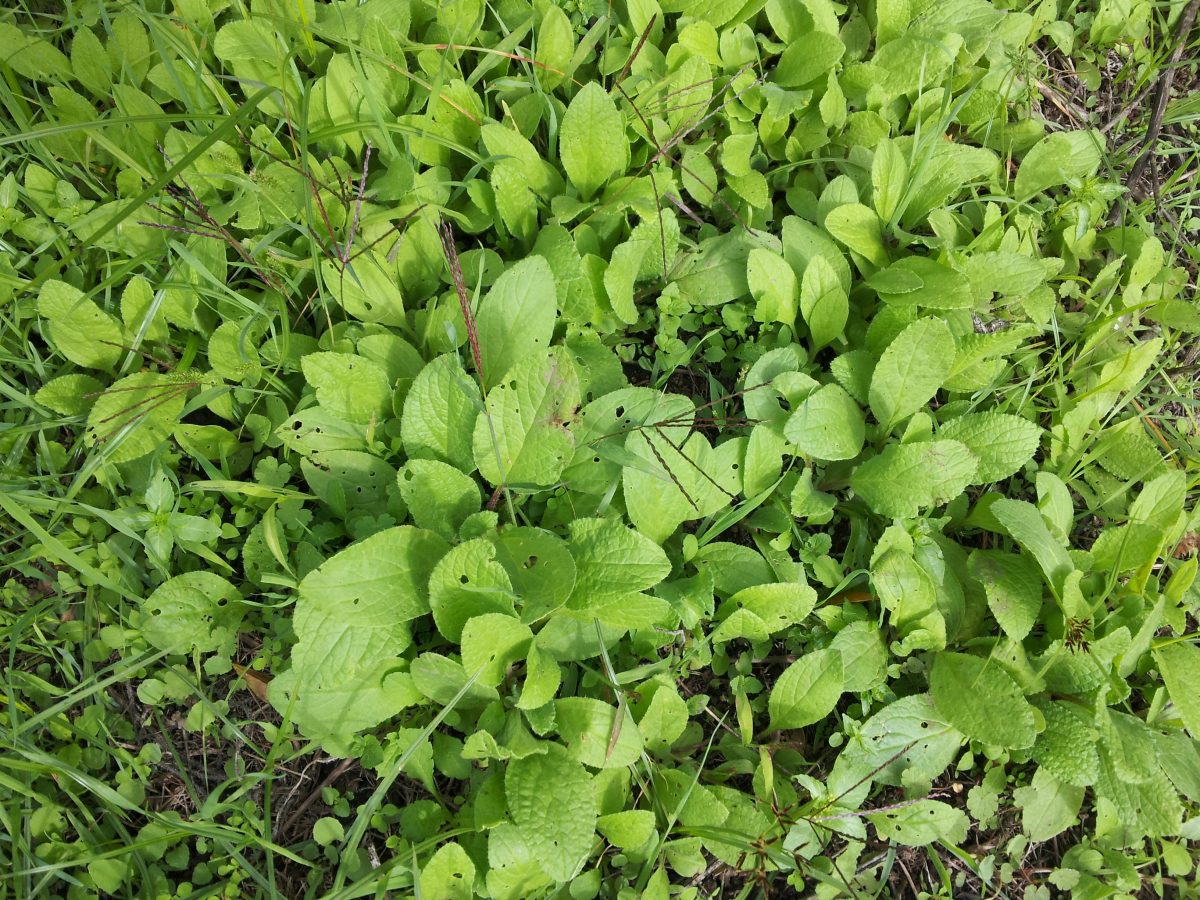
Sowing in pots
The borage can be sown in pots at the end of winter by placing the seeds about 1 cm deep. The pot or seedbed should be placed in a warm place with minimum temperatures above 10 ° C and for all the time necessary for germination. To shorten the germination time, the seeds can be soaked the night before.
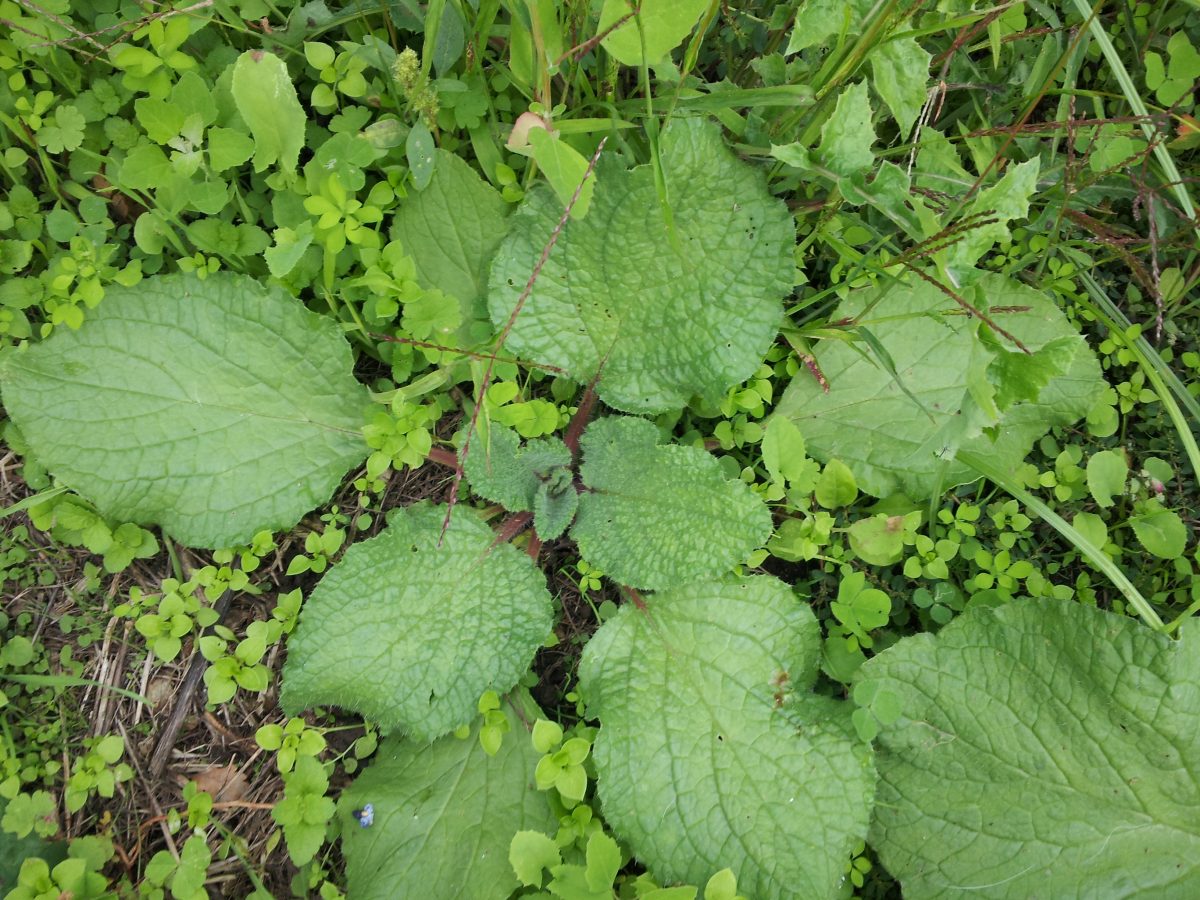
Sow at home
There sowing in the open ground it is carried out by always placing the seeds at a depth of about 20 cm on the row and 60 cm between the rows.

Borage harvest
The collection of borage leaves is done manually in summer or 2 months after sowing. The seeds are collected when the plant is in full bloom and, after harvesting, they are kept in a dry place until the moment of sowing.
storage
The leaves can be dried in the shade, in a ventilated and non-dusty area; the flowers can be frozen in ice cubes.

Borage parasites and diseases
It is a rustic plant resistant to attack by aphids and cochineal but suffers from the white disease or powdery mildew that occurs on the leaves with whitish deposits.
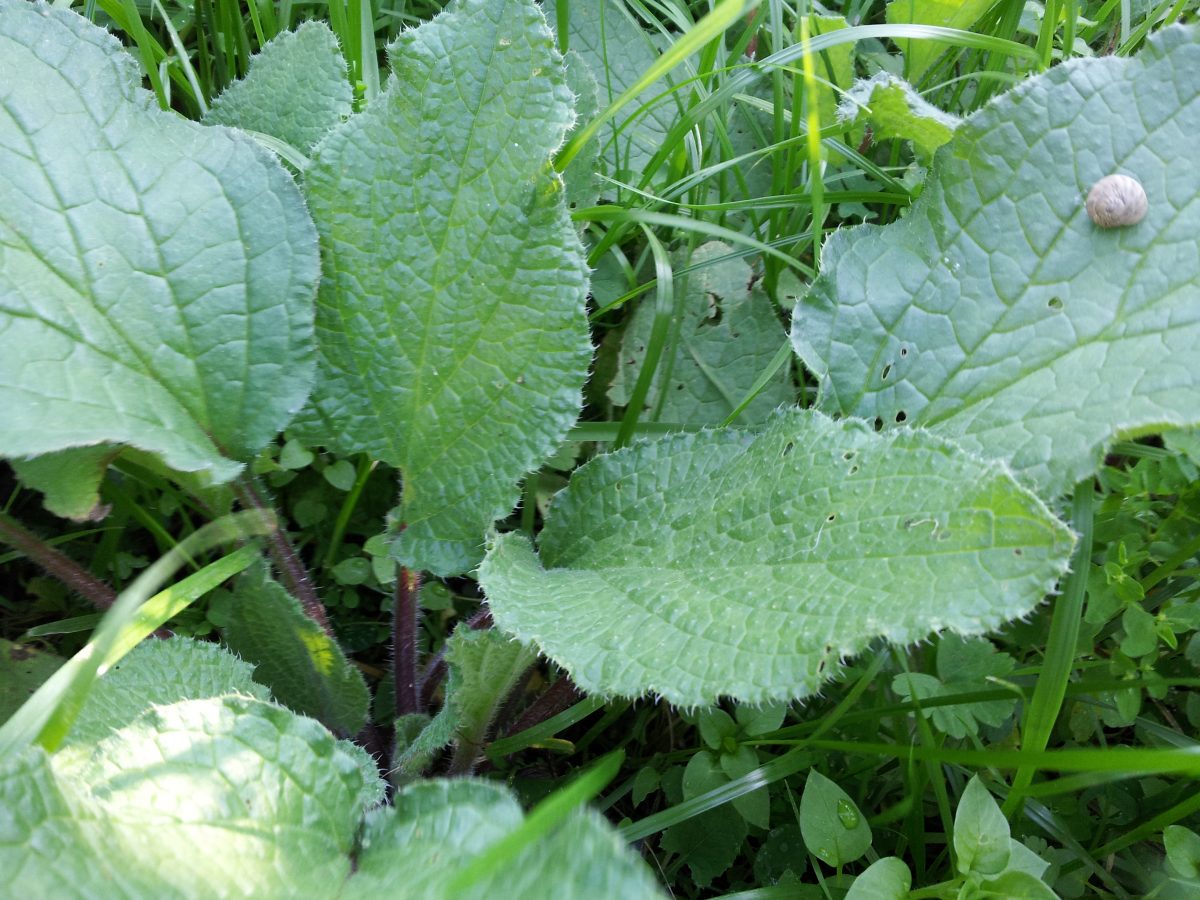
The more tender leaves are spoiled by snails and slugs.
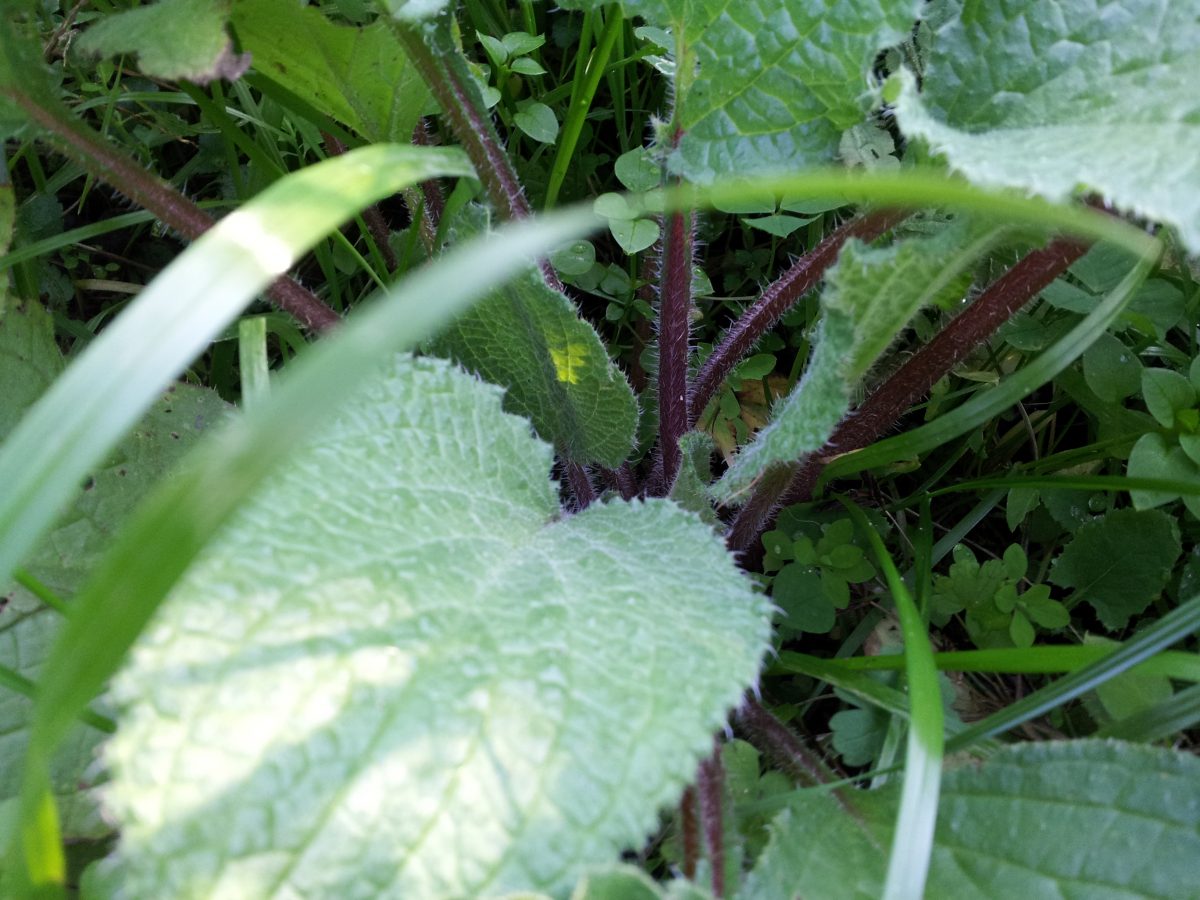
Cures and treatments
Periodic elimination of weeds that grow around the tufts; manual elimination of dry and diseased leaves to prevent them from becoming a vehicle for fungal diseases. Chemical treatments should be avoided if the plant is used for food purposes and natural macerates can be used instead, such as: the nettle pesticide, the horsetail pesticide, the garlic one, etc. The snails can be removed manually when, in conditions of high humidity, they are exposed to view and can be kept at a distance by distributing wood ash at the base of the head.
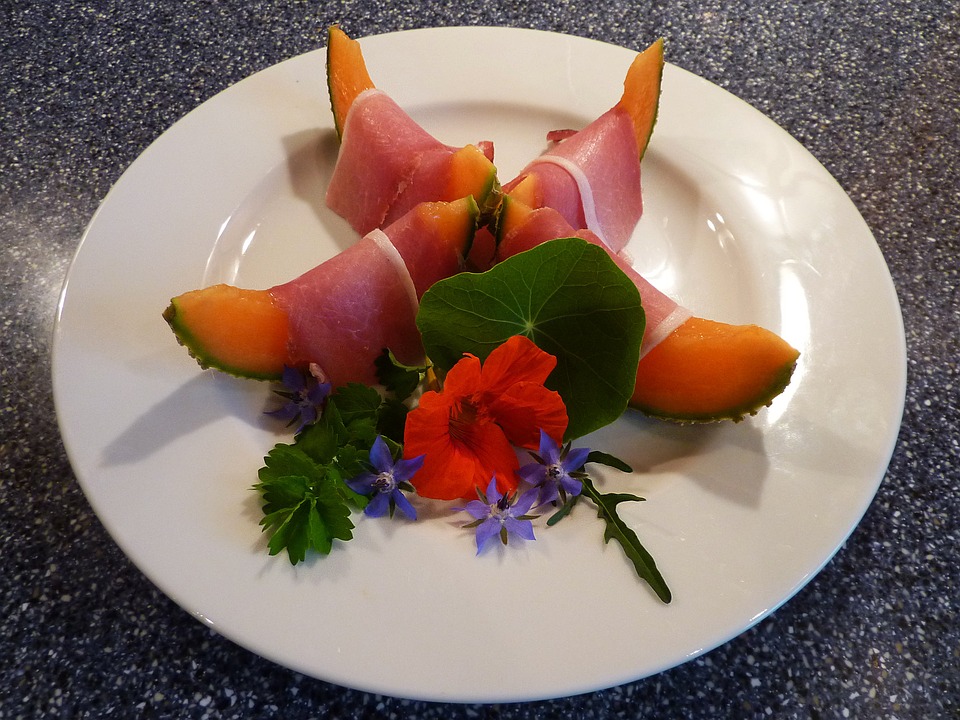
You use borage in the kitchen
The leaves the more tender are eaten raw to flavor the salad while the more leathery and hairy ones are eaten for the preparation of soups and savory pies. The young leaves are finely chopped and mixed in salads or fresh cheeses, while cooked they are consumed like spinach. During cooking, you must not add water, but only a little oil and garlic.
THE edible flowers, they are used fresh to decorate appetizers, creams, salty sauces and to give flavor to summer drinks. Candied fruit are used to decorate cakes, frozen to decorate aperitifs as well.

Medicinal uses and properties of borage
In recent years, borage for its many beneficial properties is grown industrially for the production of a precious vegetable oil, thegamma 3 linolenic oil, which is obtained after a long process of cold pressing of its seeds and which is used for food, dietary purposes and in the preparation of numerous nutritional, dietary, medicinal and cosmetic cosmetics.
The plant is also used for the preparation of infusions and herbal teas, an excellent natural remedy against rheumatism.

Borage: curiosity
Due to its characteristic flavor, borage is also called cucumber herb.
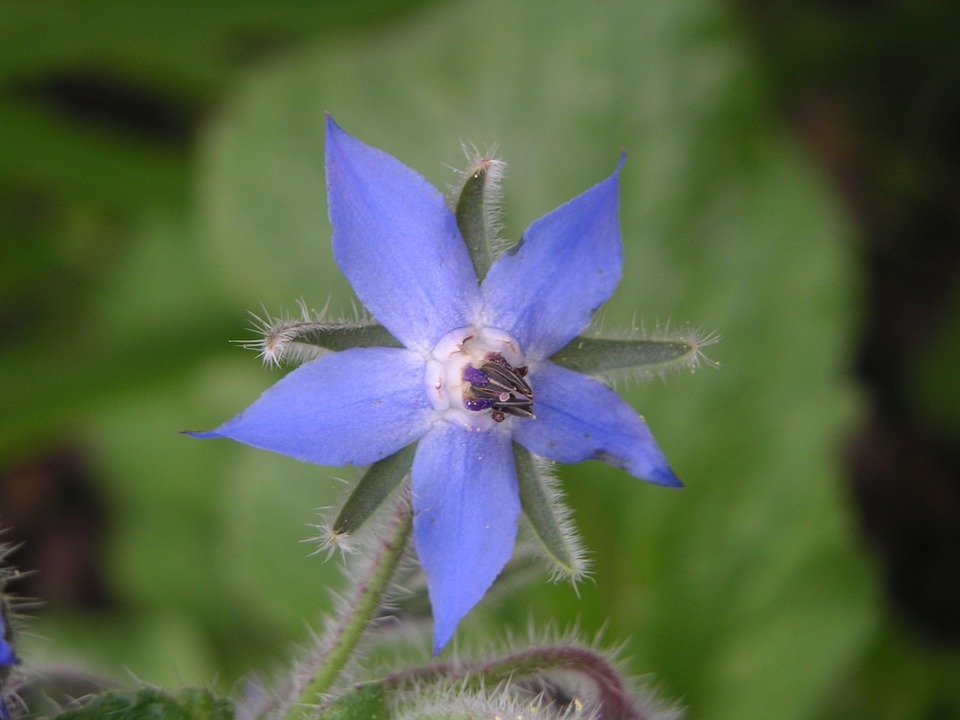
Language of flowers
All parts of the Borage plant, especially the flowers, are symbols of joy and serenity.
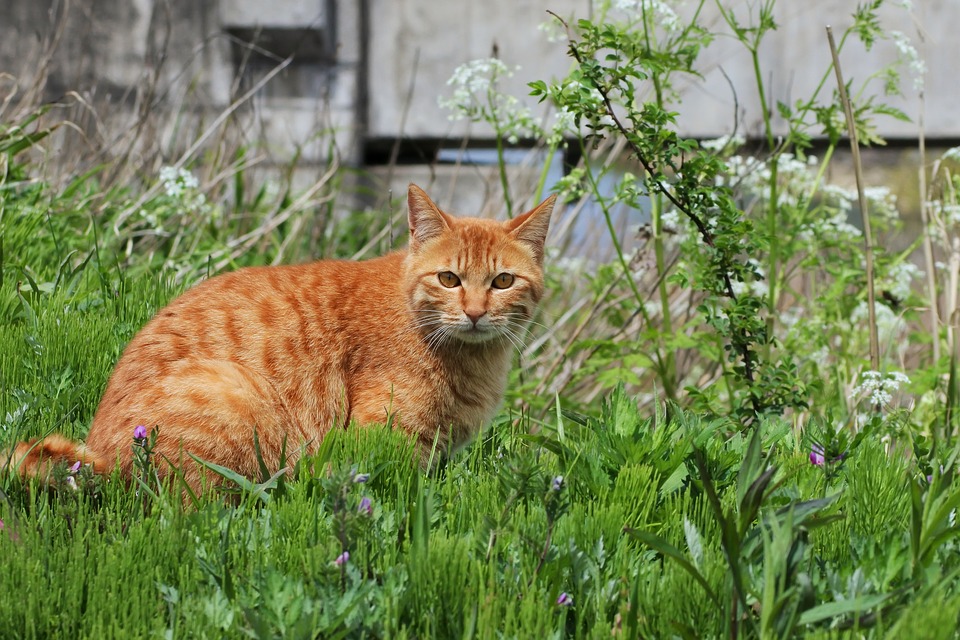
Is borage poisonous to pets?
It is a medicinal plant that can be grown safely in the garden and in pots on the balcony as it is not in the list of poisonous plants for dogs and cats.


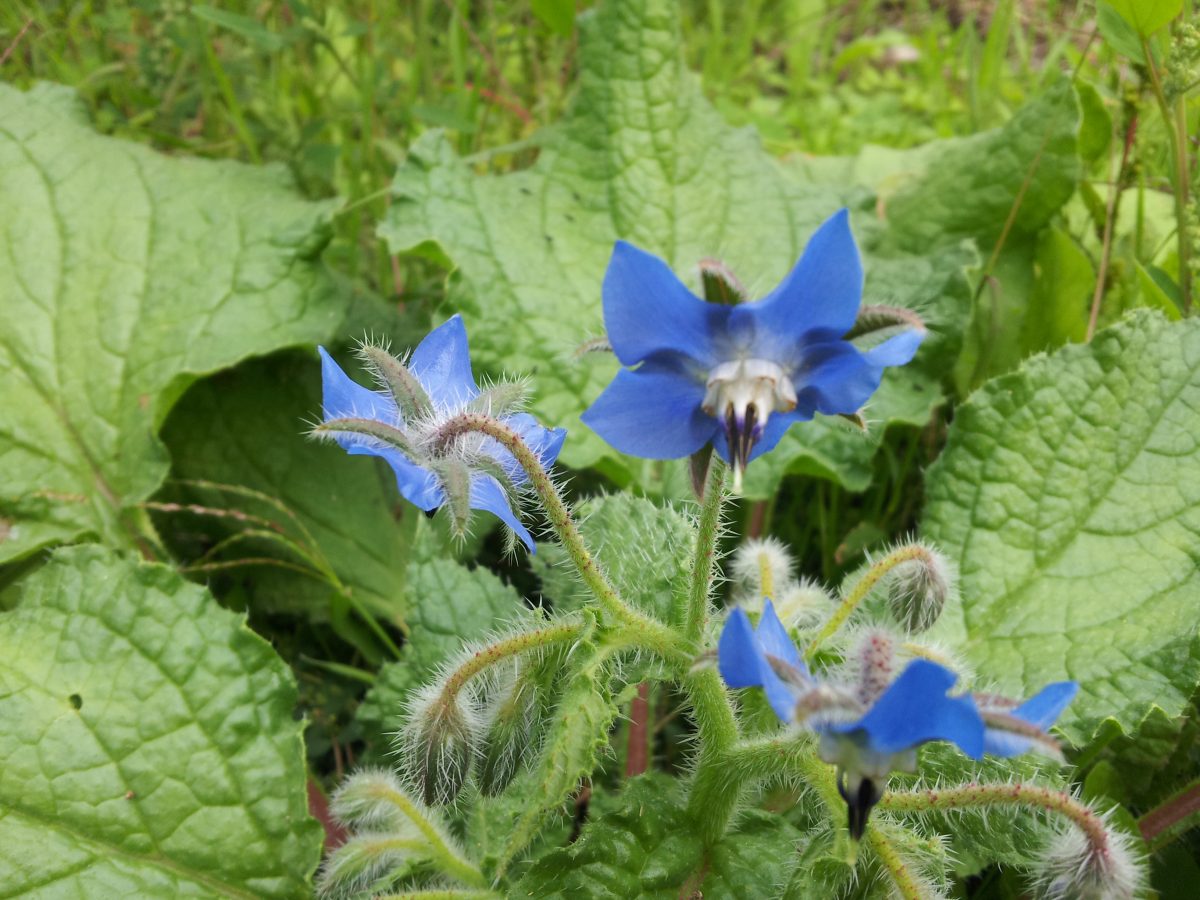

Add comment